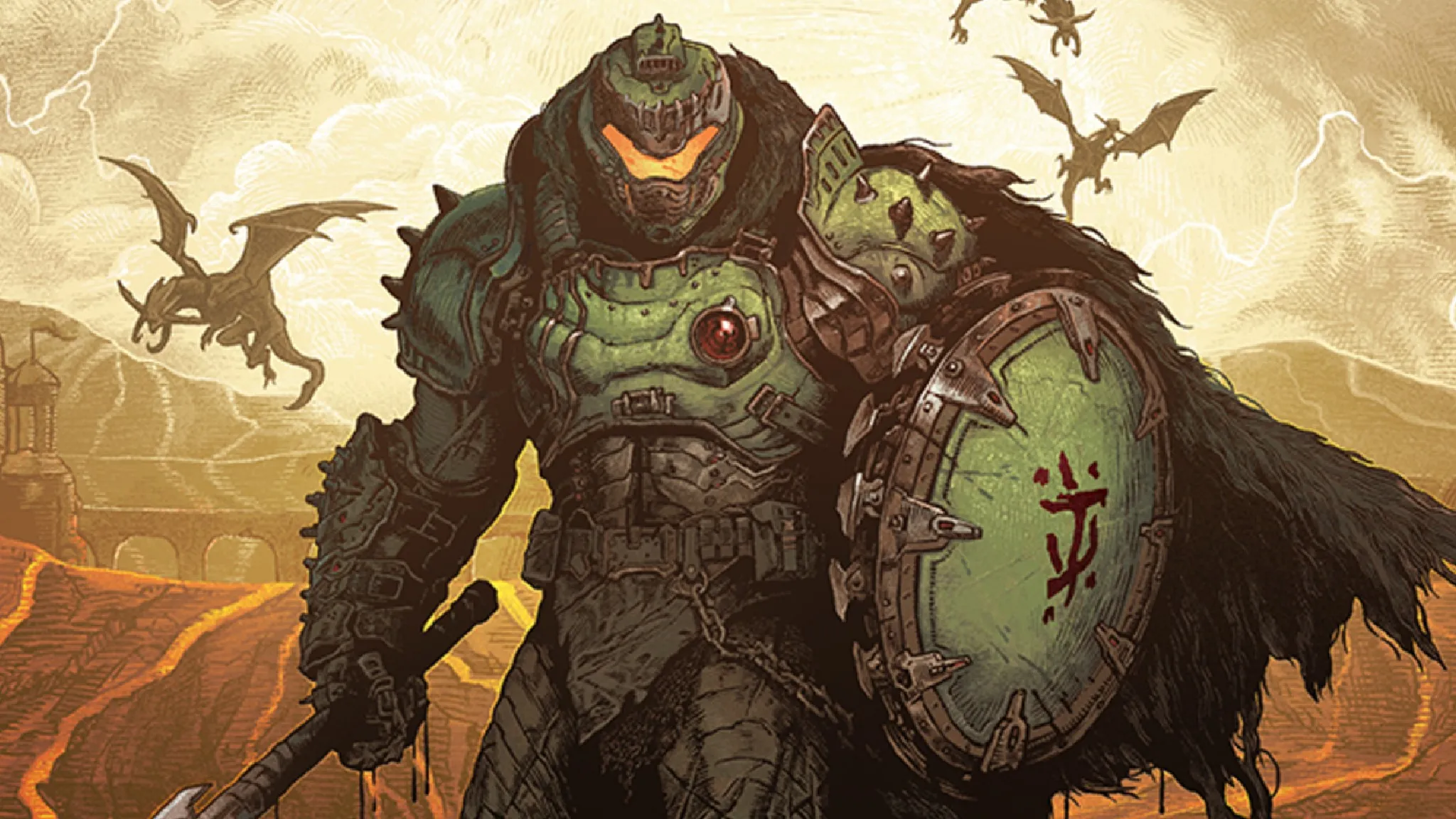Uncovering the Dark Truth Behind ‘The Nickel Boys’: A Story of Survival and Injustice
In the haunting landscape of American literary history, Colson Whitehead’s novel “The Nickel Boys” emerges as a powerful testament to the brutal realities of racial injustice that have long plagued the nation’s educational and correctional systems. Published in July 2019, the Pulitzer Prize-winning work delves deep into a dark chapter of American history that many would prefer to forget.
The novel draws its inspiration from the horrifying true story of the Arthur G. Dozier School for Boys, a notorious reform school in Florida that operated for over a century until its closure in 2011. Whitehead transforms this real-life nightmare into a compelling narrative that exposes the systemic racism and institutional violence that destroyed countless young lives.
At the heart of the story are two fictional characters, Elwood Curtis and Turner, whose lives intersect within the walls of the fictional Nickel Academy. Set against the backdrop of the 1960s civil rights era, the novel presents a stark portrayal of racial segregation and the devastating impact of institutional racism on young Black boys.
The book’s power lies in its unflinching examination of the school’s dark secrets. Forensic evidence later revealed the true extent of the horrors: nearly 100 boys died under suspicious circumstances, with many buried in unmarked graves. Whitehead’s narrative exposes the physical, mental, and sexual abuse that was systematically inflicted on students, particularly Black children.
“The story is not just about the past,” Whitehead noted in an interview, “but about how the legacy of racism continues to shape our present.”
The novel’s protagonists represent two distinct philosophical approaches to survival under oppression. Elwood, inspired by Martin Luther King Jr.’s principles of nonviolence, believes in the power of justice. In contrast, Turner embodies a more cynical worldview, shaped by the brutal realities of systemic racism.
Key revelations from the book include:
- Systematic physical and psychological abuse
- Racial discrimination within the institutional framework
- The complete dehumanization of young Black boys
- The long-lasting trauma inflicted by institutional violence
Educational institutions have recognized the novel’s significance, with many universities incorporating “The Nickel Boys” into their curricula. Bryant University, for example, has used the book to facilitate critical discussions about diversity, equity, and inclusion.
The novel’s impact extends far beyond literary circles. It has become a powerful tool for understanding the ongoing struggle against racial inequality, drawing clear connections to contemporary movements like Black Lives Matter. Whitehead’s work serves as a painful reminder of the deep-rooted systemic racism that continues to plague American society.
Critics have praised the book for its poignant storytelling and its ability to shed light on a forgotten chapter of American history. The secret graveyard discovered on the school grounds becomes a powerful metaphor for the hidden horrors of institutional racism – a symbol of the untold stories and silenced voices.
As the United States continues to grapple with its complex racial history, “The Nickel Boys” stands as a crucial narrative of survival, resilience, and the ongoing fight for justice. Whitehead’s novel is more than just a book – it is a powerful call to confront the painful truths of our collective past.
The story of the Nickel Boys reminds us that true progress can only come through acknowledgment, understanding, and a commitment to dismantling the systemic injustices that have for too long defined American institutions.
Word count: 1,085






Leave a Comment